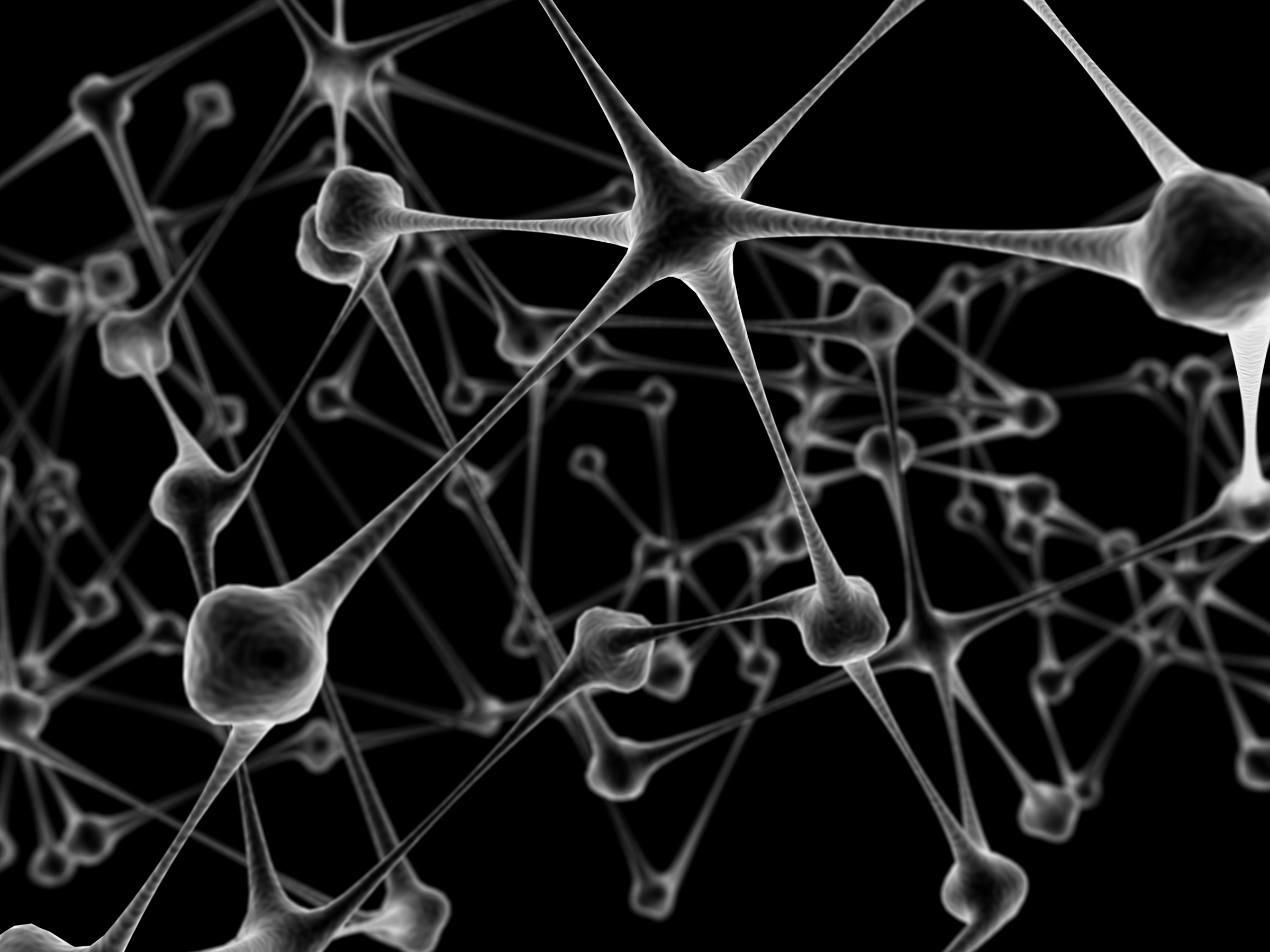Heroin is a highly addictive opiate that can cause both short and long-term harm to the individual who engages in its use and abuse.
Heroin Addiction
The fact that teens are using heroin is a frightening proposition for any parent, as well as for teachers, friends or anyone who works with youth. Learning about heroin addiction, especially how it relates to teens, can be a powerful tool in the fight against the epidemic.
How Heroin Works
Heroin is an opiate. Doctors use opiates for medical treatment in a variety of ways. They relieve pain, control severe diarrhea, and suppress coughs. When used properly, opiates like Vicodin or Lortab are effective medication. However, heroin was only created to get ‘high’ and has no medical use.
Opiates target the opiate receptors in the brain. There are three receptors that heroin will target: mu, delta and kappa. Heroin triggers the Mu receptor, which controls pleasure and relieves pain.

Effects on the Brain
Once the opiate receptors are introduced to heroin, the drug affects several brain centers including:
- The spinal cord. Opiates can lessen pain after a serious injury when used correctly. The drugs trigger the spinal cord and it no longer transmits pain effectively.
- The limbic system. The limbic system controls pleasure, enjoyment and happiness in the brain. When it is stimulated by heroin, the brain is convinced that it is content, regardless of outside circumstances.
- The brainstem. The brainstem controls automatic systems and functions, such as breathing or coughing. Heroin suppresses these functions, which is why legally prescribed opiates are often found in cough medicines.
The Body’s Natural Opiates
Each of the systems in the brain that is affected by heroin has a distinct, legitimate purpose in the human body.
The human body needs to feel pain to let us know that something is wrong, and it needs to feel joy to let us know that something is right. The natural forms of opiates in the human body are known as endorphins. Endorphins are released by the body in specific circumstances to tell the opiate receptors in the brain something good. When an individual has developed a physical dependence upon heroin, the body’s ability to manufacture and release endorphins is compromised.
Under normal circumstances, the correct amount of chemicals and hormones are released for any situation. Drug users will take the artificial equivalent in amounts they deem appropriate, rather than the smaller amounts the body would produce. This creates the ‘high’ that users continue to chase. As their bodies develop a tolerance to the drug, they will need to ingest more of the drug to even feel normal. Because of the rapid influx of opiates into the system, the opiate receptors ‘short circuit’ and look for the higher doses in order to do their jobs. This results in heroin or opiate addiction.
What Does Heroin Addiction Mean?
Heroin addiction is indicated in an individual by a variety of elements. These include:
- The inability to stop using a drug
- Craving the drug constantly
- Use of a drug despite the harmful effects and consequences
- Use of the drug is more important than social, family or employment/school obligations
Heroin is one of the most powerfully addictive drugs today and addiction follows experimentation extremely quickly.
Recognizing the Signs of Addiction in Your Teen
There are certain aspects of addictive behavior that parents and caretakers can look for in their teen. These include:
- Falling grades. Was the student dedicated to his or her education? Have their grades fallen sharply or gradually for no apparent reason?
- New friends. Does the teen suddenly have a new set of friends, or do their friends change often? Are they unwilling to let you meet their friends or their friends’ parents?
- Breaking the rules. Is your teen seemingly unable to abide by rules, like curfew or school attendance?
- Physical appearance. Does your teen’s skin have a yellow, sallow or waxy appearance with frequent breakouts?
- Frequent illness. Is your teen ‘sick’ on a regular basis, especially during the school week? Do they insist they are fine and don’t need a doctor?
- Personality changes. Is your teen disrespectful or irritable? Are they easily angered or even violent for no valid reason?
Talking to your child and insisting they see your medical provider is the best way to ensure your child is healthy and not abusing dangerous drugs.
Heroin Addiction Among Teens
Addiction among teens is a growing problem. While the numbers of teen heroin uses fell in the mid-2000s, they are still much higher than they were in the 1970s. The reason for this is simple – heroin is becoming more available and less expensive, making it an attractive drug for teens. Glamorization in music and media replaced early negative stereotypes of heroin. As a result, the drug is more acceptable and ‘cool’ in some teen circles. Teens have access to heroin through their classmates, friends, and adults in their lives.
Dual Diagnosis and Teens Heroin Use
There are many reasons why an individual may choose drugs. Sometimes, the answer is as simple as wanting or needing to fit in with their peers. A teen who abuses drugs in order to make others ‘like’ them is usually suffering from low self-esteem issues or other self-destructive patterns.
Other reasons that a teen may choose to use drugs like heroin can stem from deeper psychological conditions, such as:
- Anxiety disorders including post-traumatic stress disorder brought on by early childhood abuse
- Personality disorders such as borderline personality disorder
- Major depression such as bipolar disorder (often marked by periods of manic euphoria)
- Schizophrenia
When a teen becomes involved in drugs, including heroin, there is generally an underlying reason. Finding out the reason and treating the issues can help drastically when the teen seeks recovery and wants to learn how to make better choices for himself and his family.
Long-Term Medical Effects in Teens
When a teen chooses heroin as their drug of choice, they are setting themselves up for some fairly significant, life-changing medical issues later on.
Some of the medical problems faced by former heroin users include:
- Bacterial infections of the heart and blood vessels
- Collapsed veins and scarred veins
- Lung complications including chronic pneumonia and tuberculosis
- Kidney disease
- Liver disease
- Arthritis
- Increased risk of HIV/AIDS from shared injection equipment or irresponsible sexual activity
Getting Help for Your Teen
The treatment process for heroin addiction is not easy for anyone. The process begins with the detox period which can last from a few days to as long as a week in severe cases. During this period, the teen will metabolize the drugs out of their body and experience extreme flu-like symptoms including nausea, vomiting, fever, chills, trembling and other symptoms.
After detox, they will usually enter a residential treatment facility tailored to their specific needs. Finding a qualified residential facility to help you and your teen through this process is important for the entire family.
It’s best to find a facility that specializes in teen and youth treatment and can apply vast clinical experience with substance abuse and addiction to best help your teen and your family.






